Luxor is located in Upper Egypt, on the ancient Egyptian city of Thebes, and offers an insight into some important historical pasts in Egypt, like The East Bank of Luxor. Often known as the largest open-air museum globally, the city is renowned for its reputation, with an abundance of ancient monuments, temples, and tombs.
The Nile flows through Luxor, splitting it into the modern necropolis of the West Bank and East Bank, and you can cross it using a bridge, or more traditionally, using a ferry. join one of the Luxor tours and spend time exploring it and exploring Karnak temples on the east coast, wander in the Valley of the Kings in the west, or jump from bank to bank and discover thousands of years of fascinating history in Luxor.
East Bank of Luxor
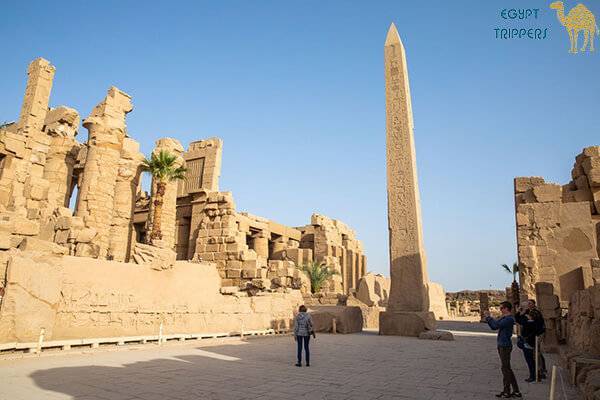
The East Bank of Luxor occupies the center area of Luxor, lies between the twin foci of the Luxor Temple and the Karnak Temple. Different from the West Bank, which is mainly a location for cemeteries and mortuary temples. Over the years, East Bank has always been known as a location for living, and it has not changed till now. You will find a larger percentage of hotels and tourist centers in the West Bank.
Old Luxor was the main location of the sun god/king of the gods Amon-Ra from 2000 BC until 500 AD. The whole city on the two sides of the Nile was a huge complex of temples, divided into four different parts. The Luxor Temple, Ipt Rsyt, Amon-Ra’s birthplace and the place of cosmic creation, can be found on the east bank. Two miles north, on the east bank, is the huge Karnak Temple, Ipt Swt, where Amon lived impressively most of his life.
The other side of the river features the land of the dead, the temple of the royal mortuary (temples of millions of years) arranged on the edge of the desert. This is the place where Amora and other dead kings were worshipped as a setting sun. At the southern extreme of the temporal mortuary field and just in front of Luxor Temple is the Amon of Hatshepsut’s temple and Thutmosis III.
Later, the temple was built on the walls of Ramesses III funerary complex at Medinet. Along the cliffs of the desert cliffs of the west of Thebes, the Valley of the Kings and the Valley of the Queen sheltered the royal dead of the New Kingdom, and the desert hills interspersed with the necropolis of the nobility known as the Tombs of the Nobel Prizes.
The belief of the Egyptians concerning time being an infinite circle forced Amon-Ra de Karnak to return to the Luxor temple once every year. This will enable him to regenerate and be reborn in one of the largest festivals in the Egyptian religious calendar, Opet.
Between the two temple complexes is a long sacred road paved with sandstone blocks since the reign of Nectanebo I (380 – 362 BC), many of which were used again in earlier monuments and surrounded by hundreds of sandstones, painted arenicole, on which is the king’s head with the body of lion as a symbol of his power and the general nature of royalty.
Getting To East Bank of Luxor from Cairo
1- By Train
The commonest way to travel between Cairo and Luxor is the Government train. This is because government trains are extremely cheap. A first-class train ticket costs about 200LE ($11). There are different ways to travel by train; you can decide to go at night or during the day. Irrespective of the time you choose, you should know, there is almost no scenery on the train in Egypt. In addition, you must note that trains on this route are in a high state of disrepair.
2- Overnight Sleeper Train
There is also a privately operated night train. You can book tickets on their website. It’s a lot more costly than the government train, presently at $110; however, it comes with food and is much more convenient. You will find a cabin that can be converted into a bed at night. However, this might not seem like the best experience as it is expensive than the Government train and costlier than taking a plane. In addition, it will take you 8 to 9 hours before getting to Luxor.
3- By Plane
Planes fly every day from Cairo to Luxor. The flight takes one hour, and the fare is around 800LE (42 USD). Overall, going by plane might be the best option when it comes to convenience, time, and even cost. However, if you want to have some train experience, you can just forget to fly a plane.
4- Getting around East Bank of Luxor
Taxi: For convenience, getting your way around is better done by taxi. However, you should be in for a hard bargain as you will need to haggle till you get the best price. This option might seem expensive, but with the convenience, you will know it’s worth it.
Walking: Unlike staying in the West Bank, you can find your way around the East Bank by just walking. Many restaurants are accessible within walking distance.
9- Best Things to do at East Bank of Luxor
1- Karnak Temple
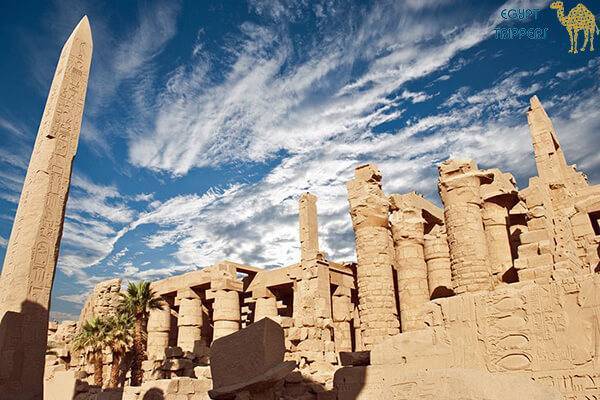
Temple of Karnak has the record of being the second biggest temple complex in the world, leaving Cambodia’s Angkor Wat in the first position. For more than 2,000 years beginning from 2000 BC, there have been additions of temples, monuments, and buildings to the complex. About 30 pharaohs make a certain contribution to the Karnak Temple Complex.
Karnak Temple has four main divisions: Amun-Ra Division, Mutual Temple, Montu Division, and Amenhotep Temple IV. Amun-Ra precinct is open to the public, and you can have a visitation to the Temple of Mut using a special ticket. The Karnak Temple has the most visitation in Egypt, right after the pyramids of Giza.
Precinct of Amun-Re: (commonly known as Karnak Temple). Another magnificent temple complex. Very busy at sunset when the sun is not much.
Precinct of Mut. There is a minimum of six temples in this Precinct: the Mut temple, the contra temple, and temples A, B, C, and D. These are not all in good shape. In addition, there is a sacred Lake Isheru, which surrounds the quiet temple from three sides. You need to buy a ticket at the ticket office in Karnak Temple.
Precint of Montu: This is not accessible to the general public. The main attractions you find in this precinct are the Temple of Montu, Hapre Temple, Ma’at Temple, a sacred lake, and Ptolemy III Euergetes & Ptolemy IV Philopstor, which is the most obvious structure on the location and is visible from the Amon-Re Precinct. Many of these monuments are not well-preserved.
The Karnak Temple is evidence of the strength, wealth, and power that Amon and his priests accrued. After more than 1,300 years of development, construction, and expansion, the temple complex covers an area of 100 hectares and is a huge temple complex with temples, towers, pillared halls, and sacred pools.
At the top of the Amun cult, ruled by Karnak priests, Karnak’s wealth comprised of 65 villages, 433 gardens, 412,662 cattle, 2,395 square kilometers of fields, 83 ships, and 81,322 workers and slaves. Thus, the Amun priests were one of the most powerful forces around, effectively ruling Egypt in the age of Pharaohs’ weakness.
Karnak Open Air Museum: Opening hours are the same as Karnak Temple. Outside the Karnak Temple complex, just in front of the second tower on the left, is a series of magnificent temples and rebuilt buildings. If you don’t want to miss this view, you can get your ticket at the Karnak office.
2- Luxor Temple
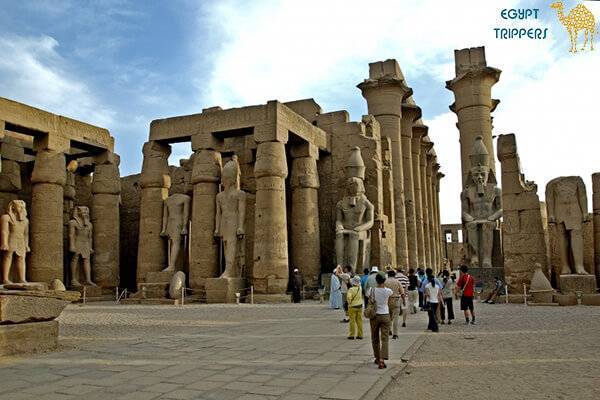
In the Luxor Temple, Ramses II built the first pillar and courtyard you will enter. The column is one of the first examples of a political turn: Ramses II fought the Hittites at Kadesh on a faceoff that was a Pirrho’s victory and probably a very expensive draw. But through monumental engravings of the head of a Hittite army, like this column, Ramses II managed to write another story and achieve a reputation as a great military leader.
Until recently excavated, the ruins included a village that raised the ground floor to almost completely cover the temple: a reminder of this is the mosque and mausoleum of Abu Haggag, which stands in the ruins of the first courtyard, now just a few meters away above the temple Excavated ground level.
The oldest section of the temple, beside the additions made by Ramses II, contains a complex of colonnades, courtyard, and sanctuary, constructed by Amenhotep III, which played a crucial role in one of the most interesting periods in the history of ancient Egypt. At the time of Amenhotep III, Amun was the supreme god in a great pantheon, and his priests were extremely powerful; his son, Amenophis IV, however, founded the first possible monotheistic religion.
After refusing to worship the traditional gods, he started worshipping Aton (sun’s disk), then renamed himself and started bearing Akhetaton at the same time built a new capital at Amarna known as Akhetaton (horizon of the Aton). For several years this great religion flourished, birthing some of the finest art and pharaoh’s first humanist portrayals that have ever been seen in this court.
However, with his death, power and people returned to Amun, and anything that had to do with Aton heresy and Akhenaton were enthusiastically destroyed, leaving only a few fragments to compile the story. The new pharaoh at birth was named Tutankhaton; however, later changed his name to Tutankhamun to emphasize the return of Amun. He carved some scenes on the walls of the Luxor Temple to strengthen the ancient religion before his death, leaving behind the best legacy than any pharaoh in the world, according to the wonders found in his tomb.
3- Sphinxes Avenue
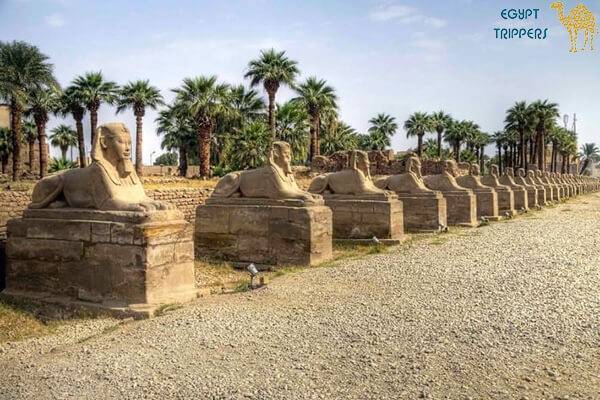
While entering the Luxor Temple, at the front, you will see the recently restored Sphinx Avenue, which at a time connected the Luxor Temple to Karnak Temple. If you leave the Luxor Temple and walk along the avenue that is now partially excavated and restored, this path will take you to the Karnak Temple. Don’t miss this experience; walk a few kilometers along the avenue to explore this ancient king’s road. A larger percentage of the part is not yet discovered, lying in the urban area, and some sphinx remains can be seen directly in front of the houses.
4- Abu El-Haggag Mosque

The Abu al-Haggag Mosque was built in the 13th century on the ruins of the Luxor Temple and is intact due to its religious and historical importance. For centuries, this place was filled with mud and sand, but now it has been cleaned, and it is interesting to see that the mosque is almost part of the Pharaoh’s temple.
5- Obelisk of Thutmosis I
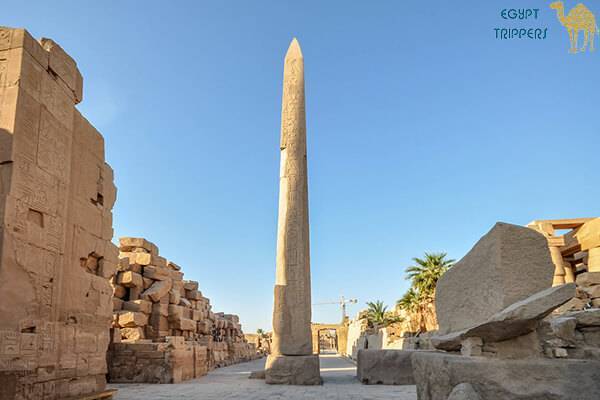
This obelisk in Karnak was built around circa 1500 BC by Thutmose I. Centuries later, Ramses IV added pillars with inscriptions on both sides of the first central inscription. In exchange, Ramses VI changed the name for cartouches could be read as Ramses IV and VI. There were initially two obelisks, but only one was above the horizon of Karnak.
6- The El-Mekashkesh Mosque
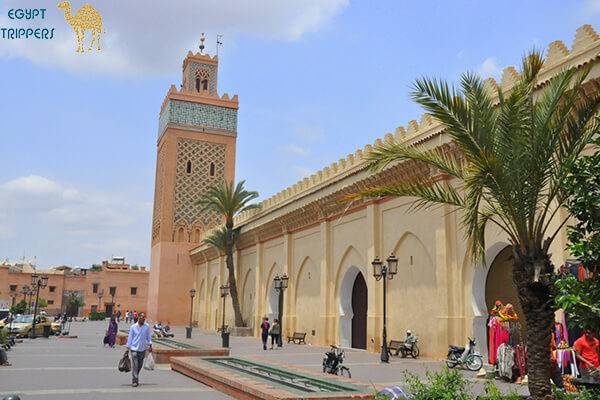
While you enjoy your adventure in Luxor East bank, you can also stop by at the oldest mosque in Luxor. The mosque was said to house the remains of an Islamic saint (date back to the 10th century), some churches, and the Coptic basilica closer to the Luxor Temple.
7- Museums

You will find the Karnak Temple on the Nile’s bank, not far from the Cornish Temple. After exploring the Temple of Karnak, stroll along the Nile River and feel the cool breeze; there are two other attractions worth visiting; the mummification Museum and the second is the Luxor Museum.
8- Luxor Museum
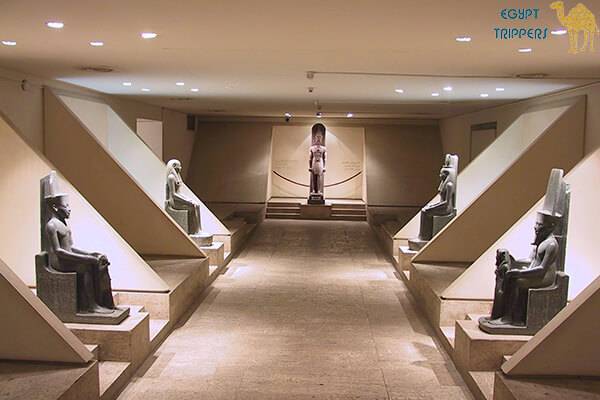
In the Luxor Museum, between the Luxor Temple and Karnak, there are different exquisite artifacts and statues discovered in an archeological location in Luxor.
The museum, which opened in 1975, is contained in a small, specially built building. The selection of exhibited artifacts is much more limited than the selection of the country’s main collections at the Cairo Museum of Antiquities; However, this was done intentionally, as the museum boast of having quality pieces. This can also be seen in their organized presentations and clear labeling written in different languages.
Notable exhibits include the Tombs of Tutankhamun’s Tomb (KV62) and a collection of 26 extraordinarily well-preserved statues of the new Kingdom found buried in the nearby Luxor Temple in 1989. Mummies of Two royal pharaohs – Ahmose I and Rameses I – were also exhibited in Luxor Museum in March 2004 as part of the expansion of the new museum with a small center for visitors.
An important exhibit here is the renovation of one of the walls of the temple of Akhenaten at Karnak. Another important item is the two-sided calcite statues of the crocodile god Sobek and the pharaoh Amenhotep III from the 18th century.
9- Museum of Mummification

Located on the Corniche, the mummification museum was commissioned in 1997. It is built in front of Mina place Hotel, to Luxor temple’s north, towards the Nile. The museum aims to bring visitors closer to the ancient art of mummification. The ancient Egyptians used embalming techniques in many ways, not just on humans, and mummies of cats, fish, and crocodiles are also showcased in this unique museum where one can have an understanding of the tools and procedures used.
The artifacts Hall features two divisions: the first is a corridor with ten tablets of Ani and Hu-nefer papyrus from the British Museum in London. Many of these tablets show the path from burial to death. The second section of the museum begins at the extreme of the corridor, where visitors can see the remaining pieces on display. The newest member of the museum is the ‘Embalming Bed’ in the KV63 tomb, which contains two pillows.
Hotel Picks to Stay in East Bank:
The east bank is the heart of the city. So, there are many options when it comes to the best hotels in Luxor, hostels, grocery stores, and restaurants. You can find everything you need with ease, and you can easily reach Luxor Temple. The only advantage is that you will be regularly interrupted by taxi drivers and carriage drivers because the population of the tourist is significantly large.

1- Budget
Bob Marley Peace Hotel Luxor – an excellent budget and popular guest house in Luxor. Within walking distance of the Luxor Temple, the Nile, and many restaurants.
2- Midrange
George Sonestra Hotel – Here, was a beautiful view of the Nile and a large pool. The staff are nice and will do everything to ensure you have an excellent staying experience in the hotel. Please note, however, that WiFi is not included and costs 200LE (USD10 per day for a device with limited data usage). Free WiFi is available in the lobby, although It’s pretty slow, it’s nice when you just want to check your email and do some simple tasks.
3- Luxury
Winter Palace Hotel – a beautiful historic hotel from the colonial era. Centrally located and close to the Nile.
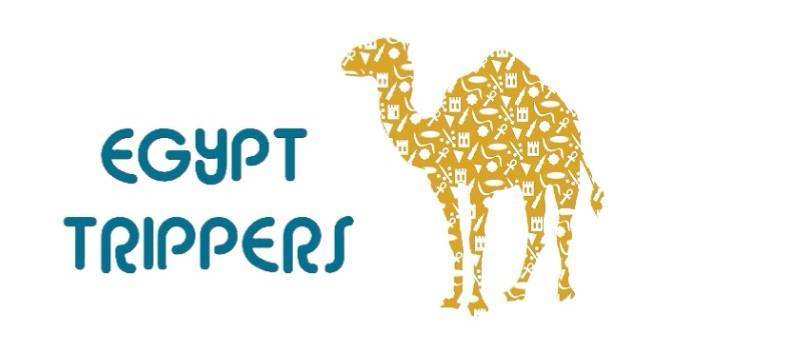

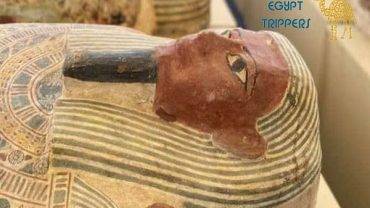
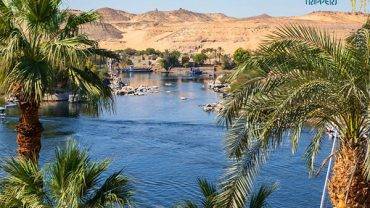
Comment (0)